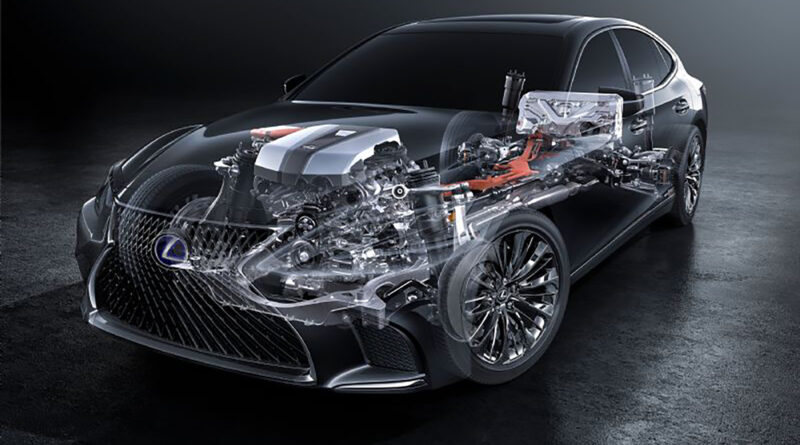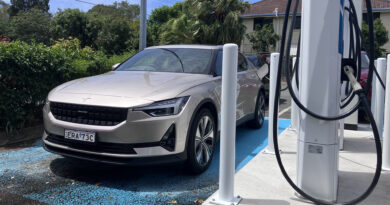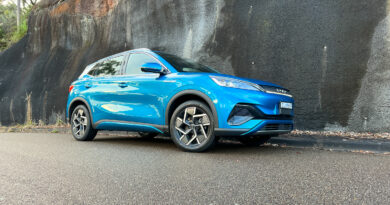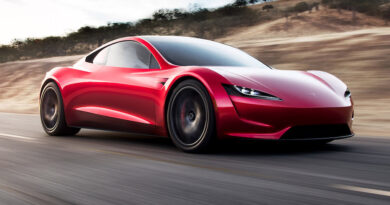What does ‘self-charging hybrid’ mean?
It means you’re being baffled by misleading marketing.
Coined by Toyota, and also used by its Lexus luxury brand, the term implies their hybrids are somehow superior because they don’t need to be plugged in.
In fact, all hybrids are self-charging in the same way as a Toyota hybrid. It’s true that Toyota’s hybrid tech is different, and possibly superior to other designs, but their power units still operate according to the same principles as the others.
Hybrids are efficient because they can recycle energy. To do this they all use regenerative braking to charge their batteries (you can learn all about regenerative braking and lots more EV terms in our Electric Car Glossary section) without ever having to plug in to a charger.
Regenerative braking isn’t even unique to hybrids. All electrified vehicles, PHEVs (plug-in hybrids), EVs and FCEVs (fuel-cell electric vehicles), have it.
Why? Because it would be plain dumb to not take advantage of the inbuilt ability of an electric motor to also generate electricity. Some EV manufacturers calculate that regenerative braking supplies around 20 percent of their vehicles’ total driving range. In hybrids, on the other hand, the recycled electric energy reduces fuel consumption.
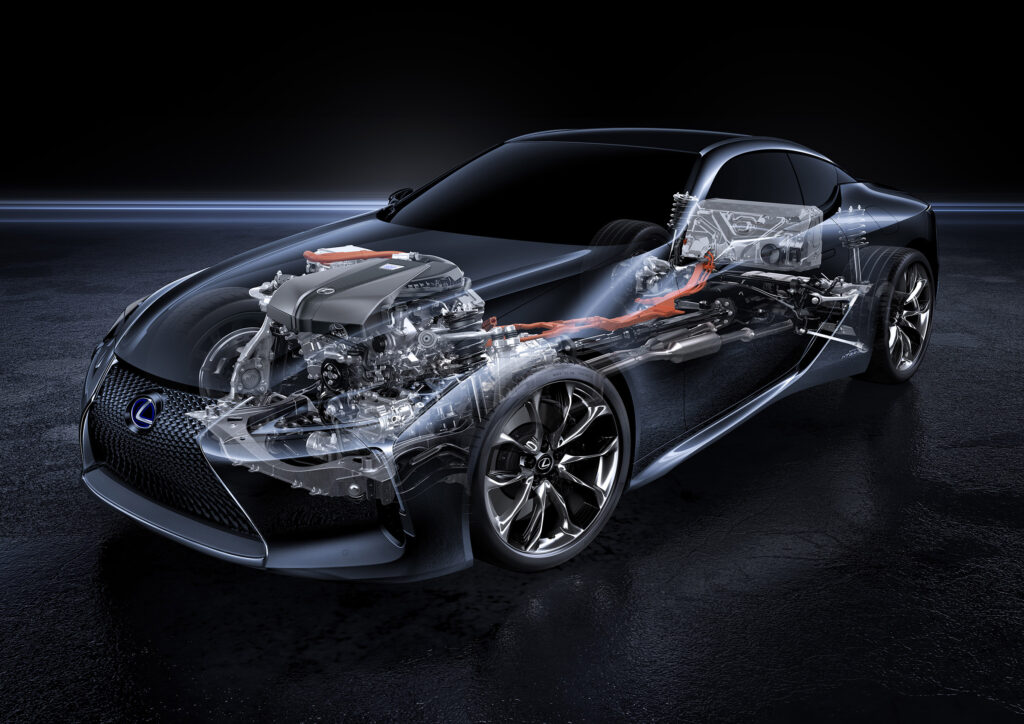
The basic design of Toyota’s hybrid tech, with its signature dual electric motor-generator units, hasn’t changed since it launched the first Prius way back in the late 1990s. Yet they only came up with the ‘self-charging’ label a few years ago, when plug-in hybrids began to become popular.
So what Toyota is saying is that their hybrid customers get charging without the inconvenience of plugging in their battery pack and apparently without having to pay anything.
It’s troubling enough that ‘self-charging hybrid’ implies equality between a normal Toyota hybrid and a plug-in hybrid. This isn’t true. A plug-in hybrid can drive a significant distance using only electric power, typically 30 to 60km. None of the Toyota hybrids sold in Australia can drive more than around a kilometre in their pure electric EV mode. Whereas most plug-in hybrids have a battery capacity between 10 and 30kWh, many Toyota hybrids have a battery capacity of just 0.76kWh.
What’s more, the regenerative braking energy that goes into the battery of a Toyota hybrid isn’t free. And this aspect of the ‘self-charging hybrid’ slogan was critical to a decision of the Norwegian Consumer Authority to ban a Lexus ad there.
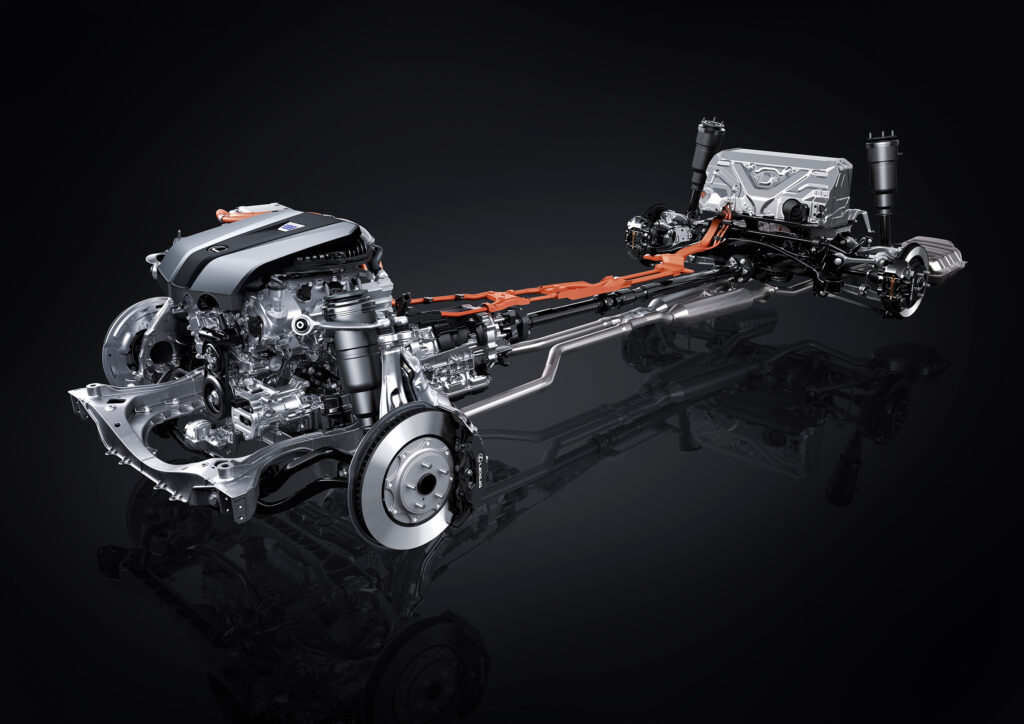
Here’s what they had to say: “In the Consumer Authority’s opinion, it is misleading to give the impression that the power to the hybrid battery is free of charge, since the electricity produced by the car has consumption of gasoline as a necessary condition. Regenerative energy will in all practical respects have consumption of gasoline as a necessary condition”.
To put that in plain language, you must buy and burn fuel to put charge in the battery.
In Australia, Toyota has pretty well abandoned using the term ‘self-charging hybrid’. The hybrid tech explainer video on their public website, for example, says this: “Because the battery is charged during normal driving operations, there’s no need to manually recharge it.”
But Lexus does continue to use this misleading and discredited description on its Australian website.
See all our electric car advice and FAQ.

